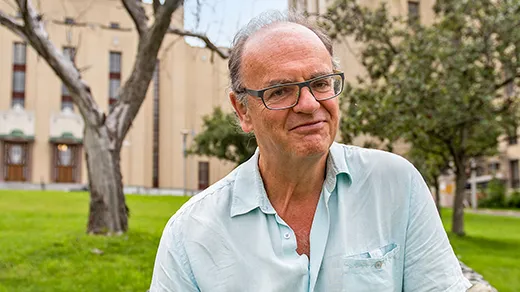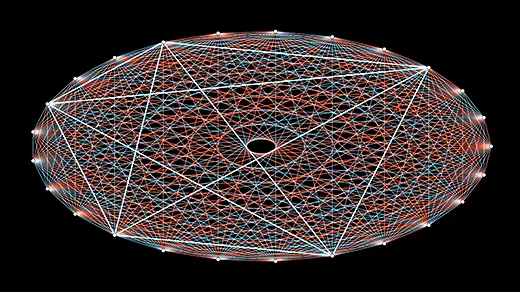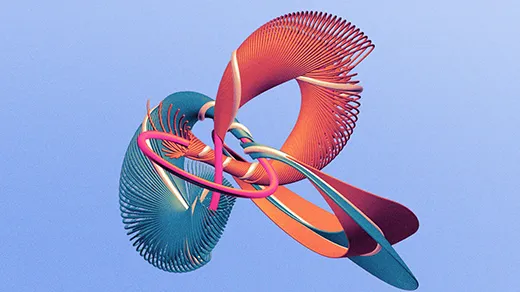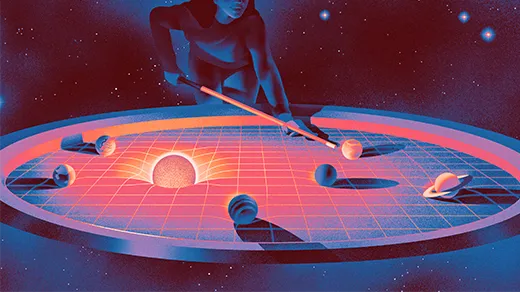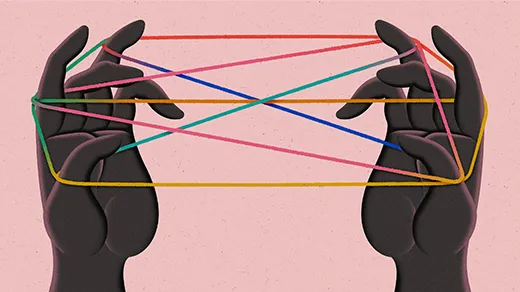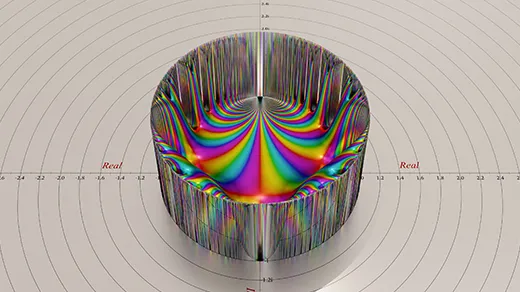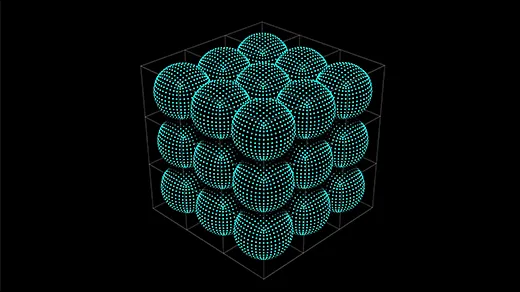Latest Articles
A Tower of Conjectures That Rests Upon a Needle
On its surface, the Kakeya conjecture is a simple statement about rotating needles. But it underlies a wealth of mathematics.
Why Mathematical Proof Is a Social Compact
Number theorist Andrew Granville on what mathematics really is — and why objectivity is never quite within reach.
New Proof Threads the Needle on a Sticky Geometry Problem
A new proof marks major progress toward solving the Kakeya conjecture, a deceptively simple question that underpins a tower of conjectures.
Mathematicians Discover Novel Way to Predict Structure in Graphs
Mathematicians probe the limits of randomness in new work estimating quantities called Ramsey numbers.
Flow Proof Helps Mathematicians Find Stability in Chaos
A series of new papers describes how to fully characterize key dynamical systems with relatively little data.
New Proof Finds the ‘Ultimate Instability’ in a Solar System Model
For the first time, mathematicians have proved that planetary orbits in a solar system will always be unstable.
Mathematicians Find Hidden Structure in a Common Type of Space
In 50 years of searching, mathematicians found only one example of a “subspace design” in a vector space. A new proof reveals that there are infinitely more out there.
New Proof Distinguishes Mysterious and Powerful ‘Modular Forms’
Using “refreshingly old” tools, mathematicians resolved a 50-year-old conjecture about how to categorize important functions called modular forms, with consequences for number theory and theoretical physics.
Mathematicians Complete Quest to Build ‘Spherical Cubes’
Is it possible to fill space “cubically” with shapes that act like spheres? A proof at the intersection of geometry and theoretical computer science says yes.


